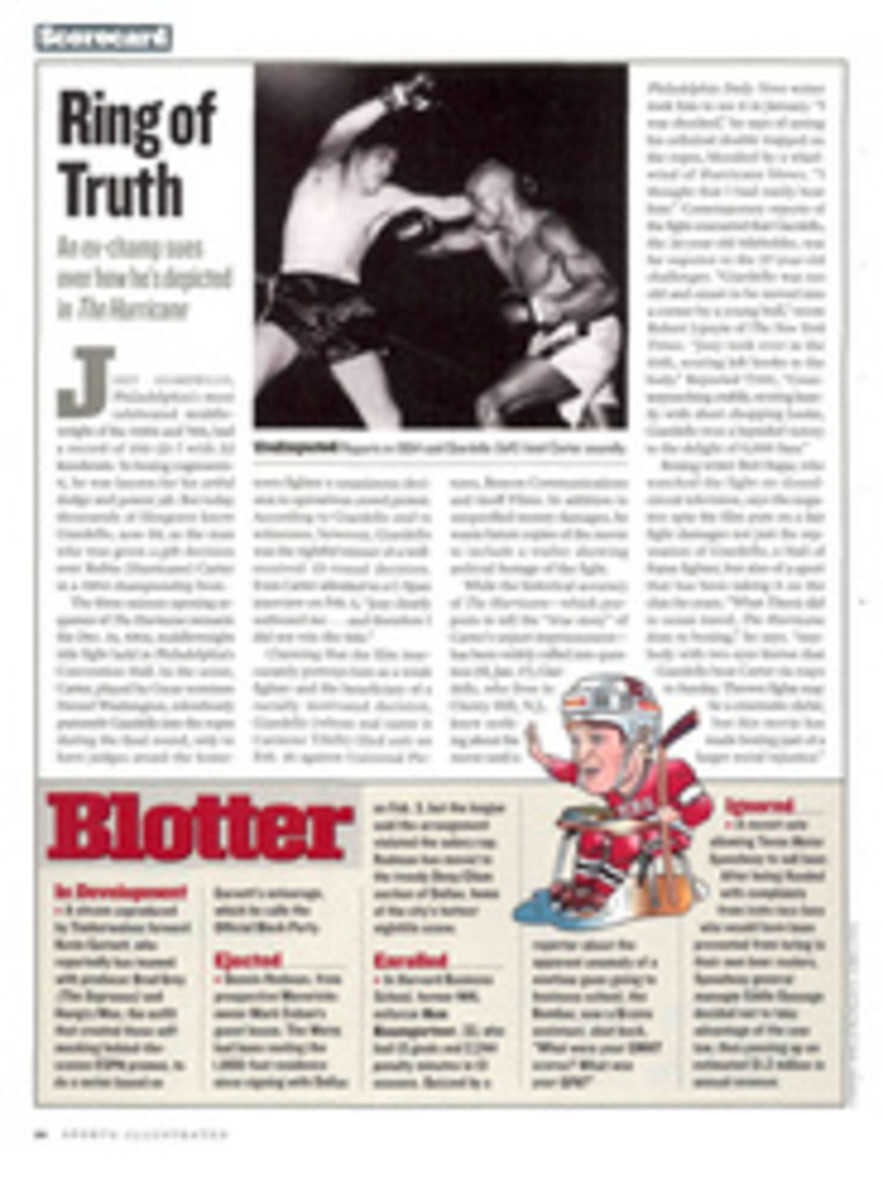
I Was Proud to Stand with Karsten
Karsten Solheim was many things to many people. Throughout the
golf industry he was known as an old-fashioned guy who
stubbornly defended his beliefs and innovations. One of his
favorite lines was, "Just try it." To his close friends Karsten
was a brilliant man with a giant-sized heart who operated his
business and conducted his life according to the tenets of the
Bible.
Karsten's relentless pursuit of perfection revolutionized
clubmaking. He built clubs of such quality that he forced the
rest of the industry to upgrade its standards. It's no
coincidence that the boom in golf equipment started about a
decade after Karsten founded Ping.
In the late 1980s I agreed to stand with Karsten against the PGA
Tour's proposed ban on square-grooved irons. Karsten couldn't
understand how somebody could declare a club nonconforming even
though it conformed to the Rules of Golf. Both sides paid a
heavy price during the three-year court battle, but Karsten was
pleased with the outcome of the ensuing settlement. The fight,
however, wore him down emotionally and physically.
Karsten happily gave of himself so people could enjoy not only
his clubs but also those made by rival manufacturers. He is one
of the best friends golfers around the world ever had. I will
miss him dearly.
COLOR PHOTO: USGA
COLOR PHOTO: MEL LEVINE
COLOR PHOTO: PING
COLOR PHOTO: MEL LEVINE
COLOR PHOTO: ANDREW KAUFMAN
Great Leaps Forward
USGA Technical Director Frank Thomas ranks Karsten Solheim,
creator of Ping clubs, as one of the greatest innovators in the
history of golf. "He rebuilt and rebuilt until he got it right,
and when he got it right, he created a revolution," says Thomas.
Here are what Thomas considers to be the top five breakthroughs
ever in golf equipment.
1. Haskell ball
In 1898 Coburn Haskell, an inventor from Cleveland, and Bertram
Work, an engineer in Akron, wrapped strands of rubber thread at
high tension to make a ball that flew 25 yards farther than its
predecessor, the gutta-percha. "The Haskell immediately lowered
scores," says Thomas.
2. Steel shaft
Popularized by True Temper around 1920, steel was lighter,
stronger and less whippy than its forerunner, hickory, so good
players could swing harder and still maintain control. The last
player to win a major with hickory was John Fischer at the 1936
U.S. Amateur. "Steel was such a breakthrough," says Thomas,
"that it brought shaft technology to a standstill for 30 years."
3. Perimeter weighting
This was Solheim's greatest contribution, first with the Ping
putter (1959) and later with investment-cast irons (1969).
Solheim, an engineer who took up golf at 42, was the first to
distribute weight around the outside of the clubhead, which
expanded the sweet spot.
4. Two-piece ball
The brainchild of Bob Molitor, a chemist at Spalding, the ball
came out in 1967 and was cheaper, longer and more durable than
existing models. Says Thomas, "The two-piece helped the average
player immensely."
5. Metal woods
They were first seen in the 1890s but didn't reach the PGA Tour
until 1979, when Taylor Made founder Gary Adams hit a home run
with his Original One. More durable than wood, metals were
perimeter-weighted, making them user-friendly. "Golf got much
easier for everyone," Thomas says.

